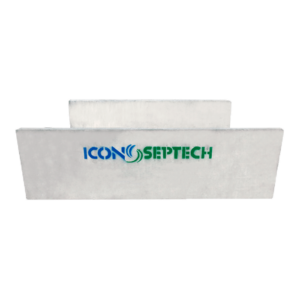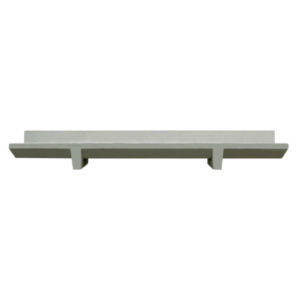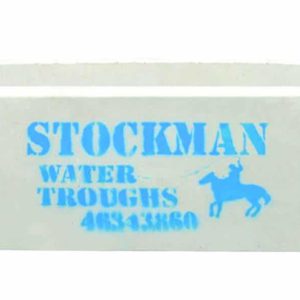Feed Troughs and Bunkers
Discover a diverse selection of top-notch rural cattle troughs, feeders, and bunkers at CivilMart. Our livestock management solutions are specially designed to thrive in the unique conditions of the Australian environment. Whether you need custom concrete rural solutions or other related products, we have you covered.
Explore our extensive collection today and find the perfect fit for your requirements.




